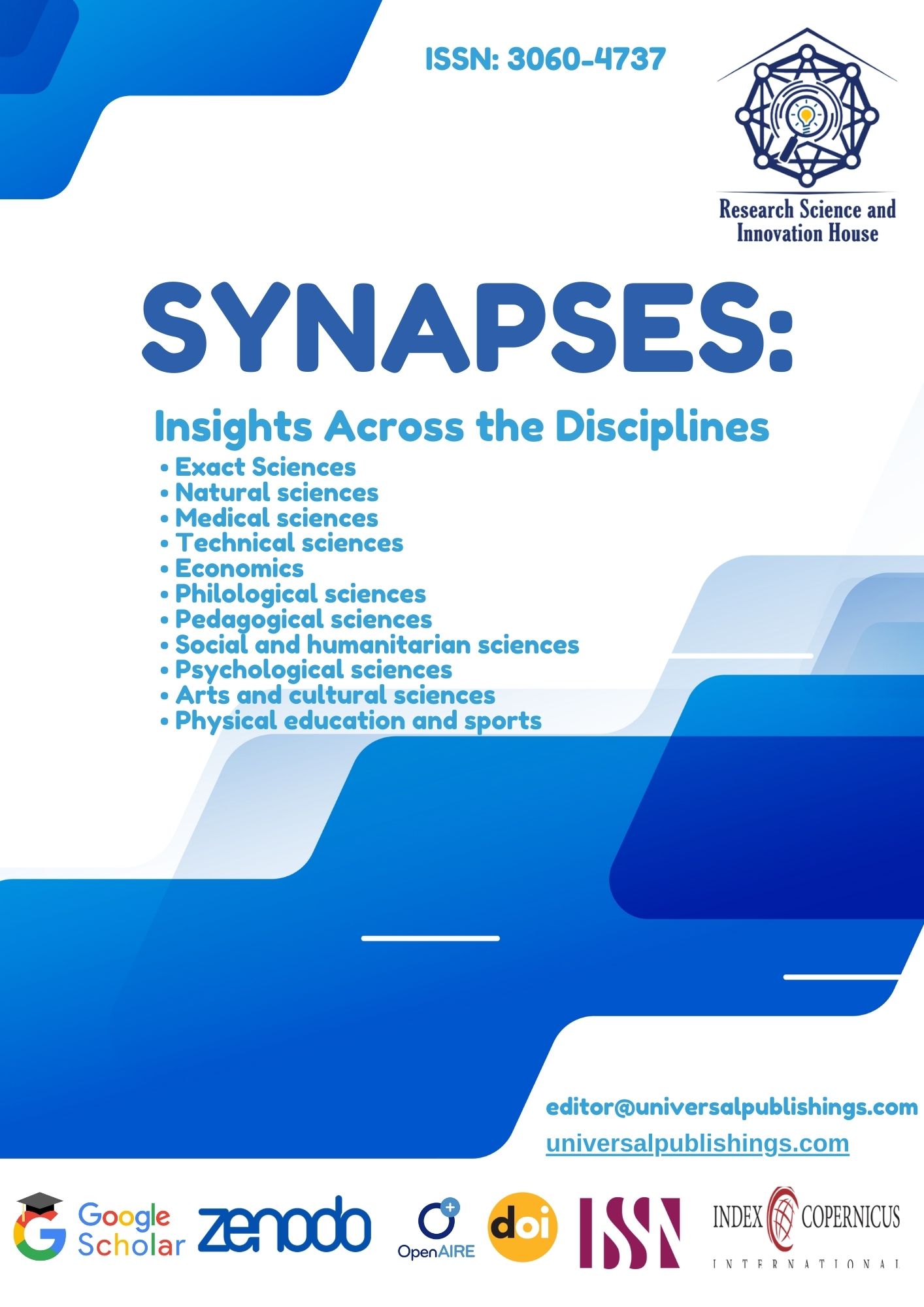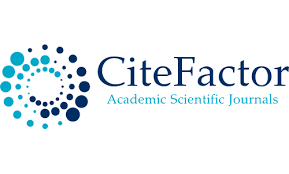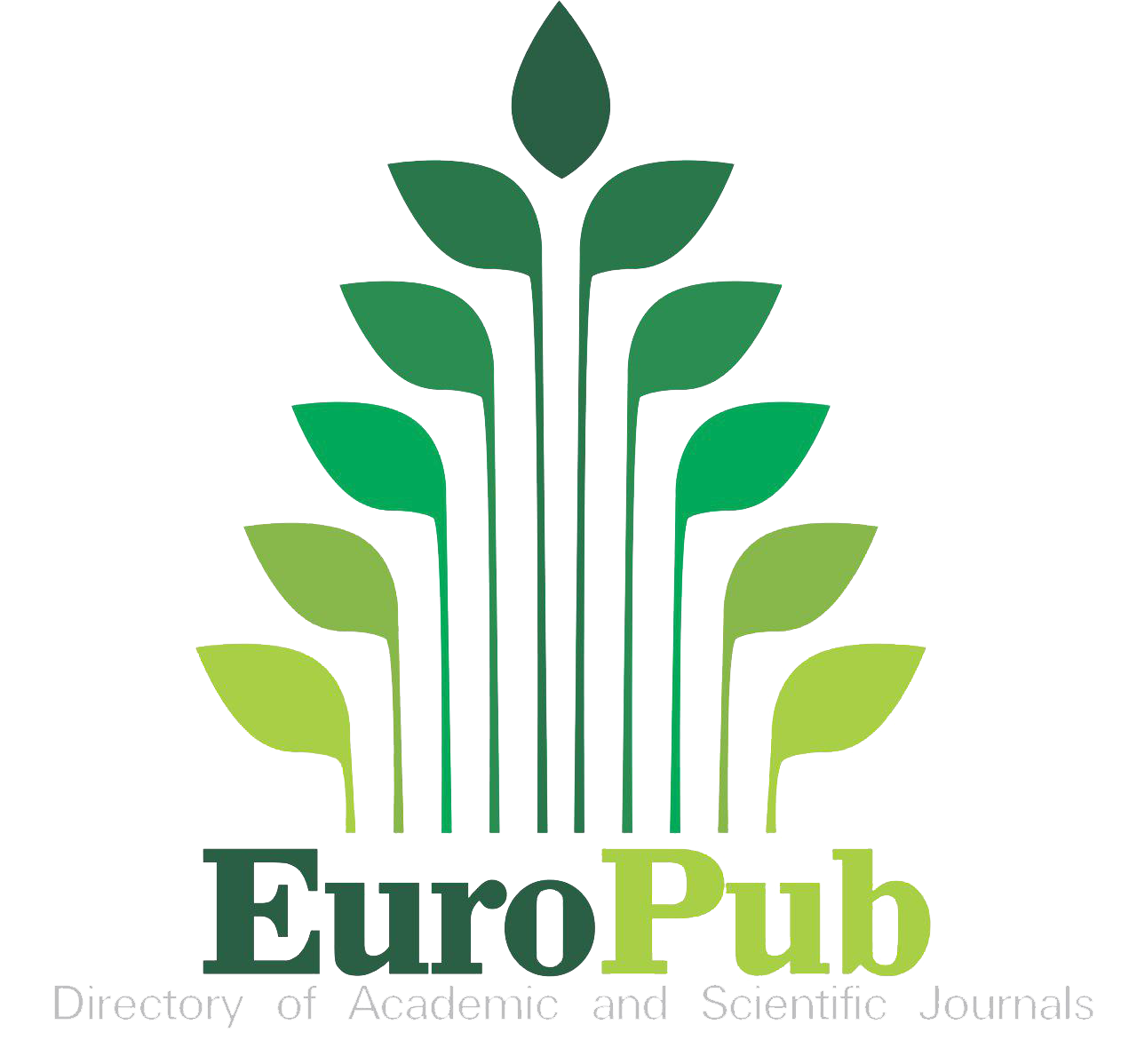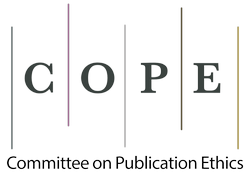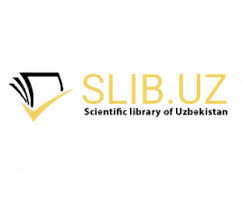Language, Identity, and Culture in Comparative Literature: A Study Through Chog'ishtirma Tilshunoslik and Tarjimashunoslik
Keywords:
Language, Identity, Culture, Comparative Literature, Contrastive Linguistics, Translation Studies, Cultural Identity, Cross-Cultural CommunicationAbstract
This article explores the intricate relationship between language, identity, and culture in the fields of comparative literature (qiyosiy adabiyotshunoslik), contrastive linguistics (chog'ishtirma tilshunoslik), and translation studies (tarjimashunoslik). By focusing on the challenges of translating literary works across linguistic and cultural boundaries, this paper highlights how cultural identity is either preserved or transformed in translation. Through various case studies of well-known literary works, the article delves into the ways translators balance fidelity to the source text with the expectations of the target audience. Additionally, the role of contrastive linguistics in identifying linguistic and cultural differences is explored in detail, demonstrating how translation is not merely linguistic transfer but also an act of cultural negotiation.
References
Bassnett, S. (2014). “Translation Studies”(4th ed.). Routledge.
Catford, J. C. (1965). A Linguistic Theory of Translation: An Essay in Applied Linguistics. Oxford University Press.
Cronin, M. (2003). Translation and Globalization. Routledge.
García Márquez, G. (1970). *One Hundred Years of Solitude* (G. Rabassa, Trans.). Harper & Row.
Joyce, J. (1939). Finnegans Wake. Faber and Faber.
Katan, D. (2014). Translating Cultures: An Introduction for Translators, Interpreters, and Mediators (3rd ed.). Routledge.
Murasaki, S. (1925). The Tale of Genji (A. Waley, Trans.). George Allen & Unwin.

